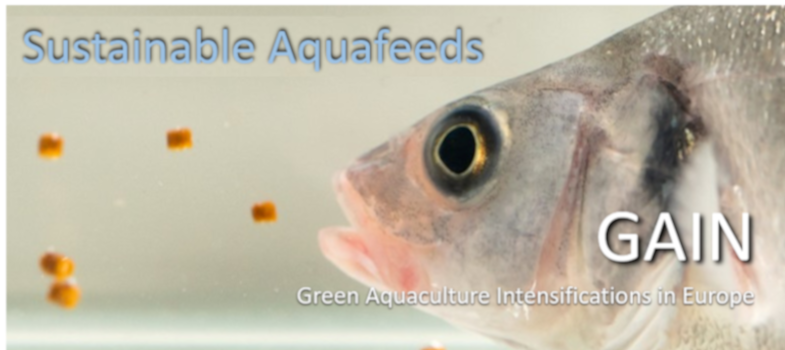Introduction
We will now discuss different tools to evaluate the effects of different aquafeeds, with changing nutritional and environmental conditions, on target indicators of fish farm production.
Once we have one or more fish feeds, be it formulated based on traditional ingredients or more on emergent ingredients, it is very important to evaluate what can be their performance in fish farming conditions. Two aspects of performance are of particular importance: husbandry ones (e.g., growth, health condition, feed conversion) and environmental impacts (e.g., emission of total solids, nitrogen compounds, and phosphorus).
In fact, feed conversion connects these two aspects, as lower values, normally expressed as feed conversion ratio (FCR, expressed in Kg feed needed/Kg fish growth), will lead to less feed used per Kg fish produced, and ultimately to lower environmental impacts. Moreover, if we multiply FCR by feed cost (Euros/Kg feed), feed conversion may also be expressed in Euros spent in feed /Kg fish growth, which is of utmost importance for fish farming economics.
Different tools are available to evaluate the effects of different nutritional and environmental conditions on target indicators of fish farm production. Some are more established and always very useful, such as nutrient retention, digestibility studies, tissue histology, and plasma metabolites such as cortisol and glucose. Others are newer to fish nutrition but are also increasingly used, such as gene expression, microbiome analysis, and simulation models.
